Since turboing the Corolla, I’ve had heaps of questions come through about how to build a blow through turbo carburettor system. There are heaps of forum posts where you can extract information but no real detailed guide. So I thought this would be a post where we can answer most of these questions and be a guide to what I’ve done.
Please note: I’m not a mechanic and always consult with your expert before taking anyone’s advice. I could be talking sh*t out of my arse for all I know 😛
What you’ll find in the forums is a lot of people deterred from doing blow through carb set ups as most forum dwellers say it’s a waste of time and just engine swap for best performance. Now whilst this is true, you still can make massive gains with the existing motor, but if you’re chasing huge power , then maybe consider other options. Also with technology of fuel injection, this is also going to be a better route as in most cases with programmable ECU, it is much easier to tune and add higher amounts of boost.
Noting the above, the blow through carburettor option will be the most cost effective way to drive reasonable amounts of boost into your engine. You are limited by the carburettor setup to how much boost you can drive in, but will chat more about this below. End of day, if you want to increase power by 30-100%, this can be a great option.
In quick overview, to build a blow through turbo carburettor system:
- Add turbo to your engine
- Install a carburettor that can be modified for boost
- Connect turbo to carburettor (and consider intercooling)
- Install high pressure fuel pump with boost reference fuel regulator
- Tune your carb to suit your Air Fuel Ratios (AFRs) and boost settings
- Consider the negative effects of turboing a motor not designed for boost
Add a turbo to your engine
I’ll spend the least time on this one as I get the least amount of questions on this one. But the one question I always get is what type / size turbo should I put on my engine. The short answer is don’t go too big as turbo lag can be a massive issue but most.
Turbo selection
Most people I chat with are building 4 cylinder motors from 1.2L-2L and I recommend using what’s available on similar sized motors from other manufacturing engines. Some readily available options are:
- T25/28 found mostly on Nissans
- TD04 found mostly Subarus / Mitsubishis
- CT20 found mostly on Toyotas
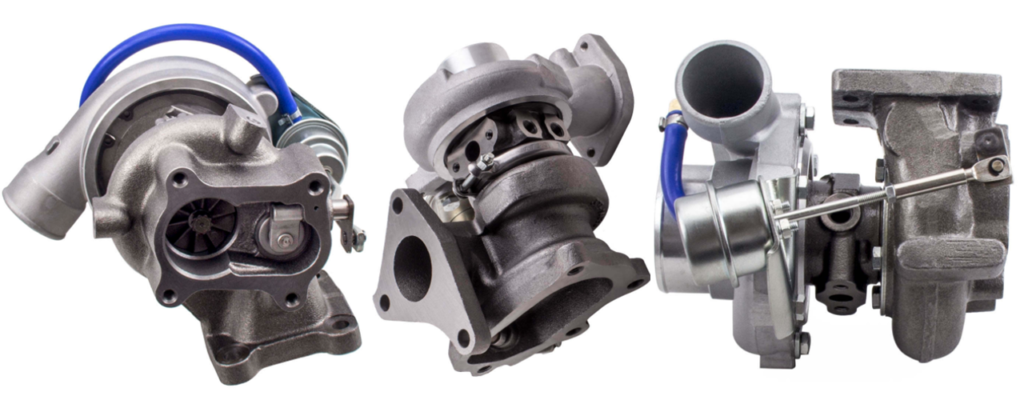
If you can’t get your hands on a good second hand one of these, they are heaps of reasonable China replicates that can do the job for very cheap. All these will have a built in wastegate which makes it simpler than adding an external gate. Check out Maxpeedingrods for some better quality China goodness
If you’ve got a larger engine, consider going T3 / T4 turbo. I would say about 2L engines go a T3 turbo and above 3L T4 turbo and up.
Turbo Manifold
To get the turbo spooling, you need to connect your turbo to the exhaust manifold of your engine. You can do this by making a J-Pipe from your existing headers to the turbine inlet or you can make a new manifold from scratch. A welder would be handy to build to build either of these.
The J-Pipe option is by far the quickest and cheapest option, but you may need to consider an additional support mount to hold the weight of the turbo. Below are some pictures (credit to Rollaclub.com) of J-Pipe connecting to factory exhaust manifolds and check out Mike Lakes Hilux turbo build to see him whip up a quick but effective J-Pipe.
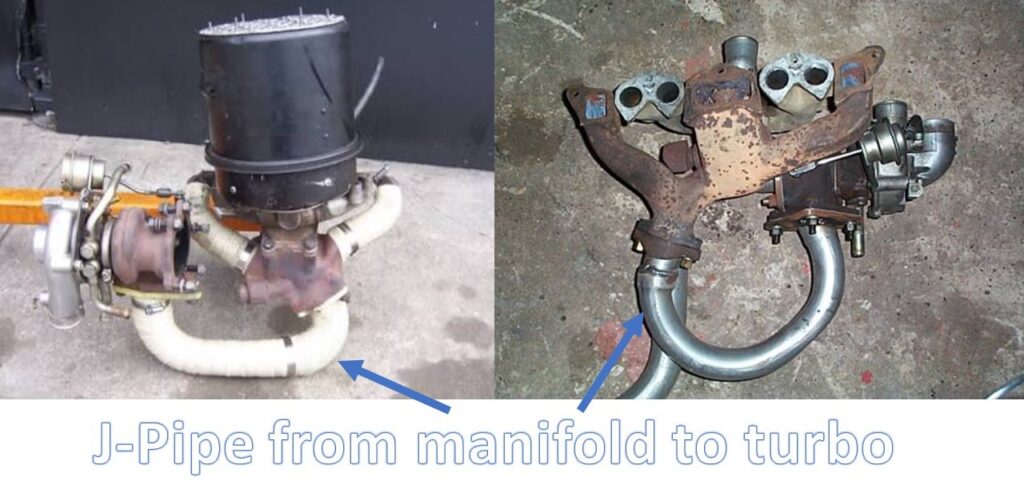
When making a manifold from scratch, you’ll need engine exhaust manifold flange, turbo flange and piping to build the manifold. Schedule 40 mild steel Steam pipe seems to work well. Use your flanges to work and piping size and always draw out your design before you start.
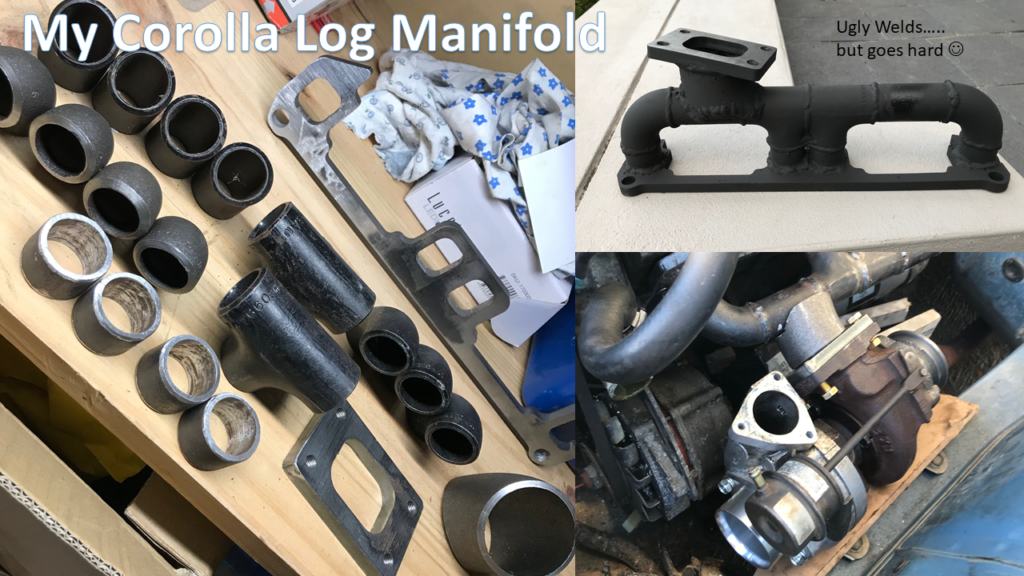
Log manifolds are the easiest to make and still very effective for the type of horsepower you’d be chasing with a blow through system street car. Leave the banana manifolds for your race car. You can check out my first Corolla video to see how I make mine but check this one to see how a pro does it, check out Tim’s video from Second stage.
The last considerations before making you turbo manifold is:
- placement for turbo compressor outlet
- Ensure your turbo compressor has oil feed in at top and oil drawing on the bottom as this uses gravity to help the oil flow process.
- Clearance for engine movement and heat affected components in the engine bay
Oil for your turbo
You need to find a place on your engine to extract oil from the motor into the turbo. On most cars, you simply remove the oil pressure sensor and add a T-piece connector which now will give you 2 outlets, one for pressure sensor and the other for the turbo.
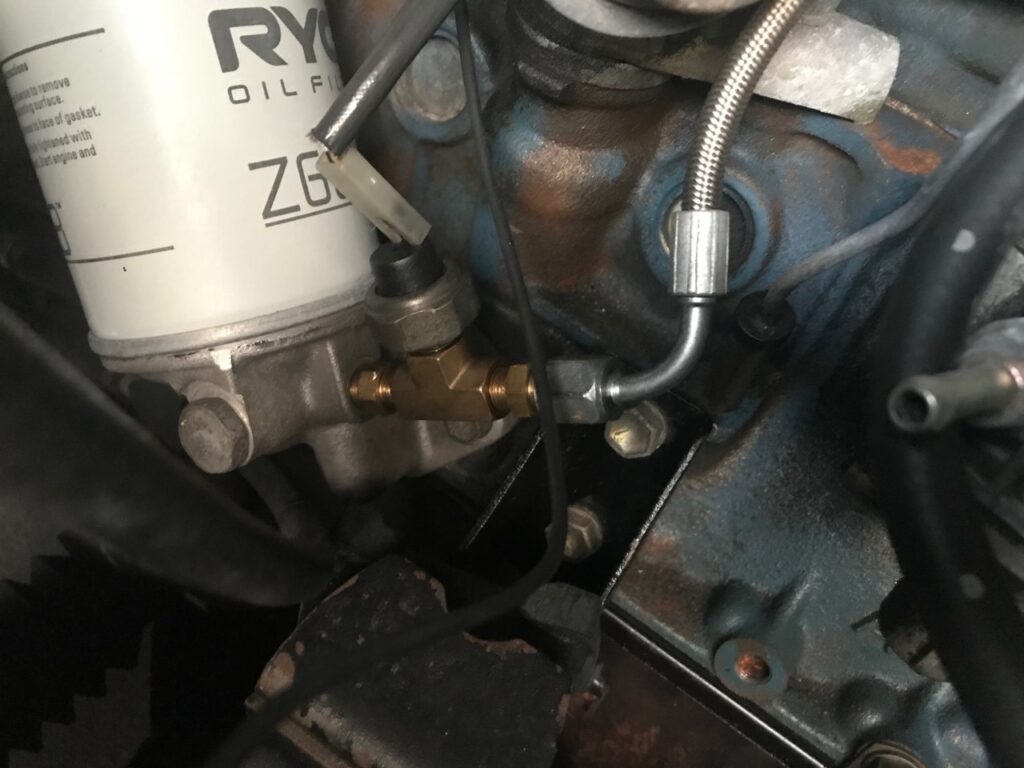
You’ll need to purchase the correct oil lines to match each side or get them made up at your local hose service repair shop.
Lastly you need to get oil back into the engine by tapping a return feed into the engine sump.
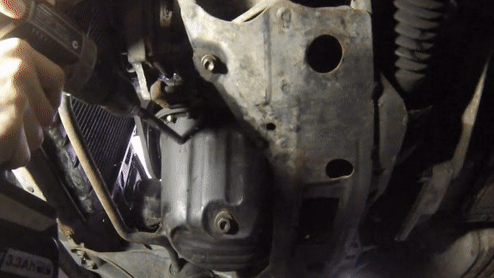
Dodgy way (above): This can be done by drilling the sump ansd tapping a hose fitting whilst on the car which is risky as you could tap the wrong spot and get metal shavings in the engine.
The better way: Ideally if you can, remove the sump and weld in a bung for the oil return. This is going to give a better seal and won’t get shavings in your engine.
Make sure you consider the gravity feed of the oil when selecting drain location on the sump and make it a big hose so oil can drain freely.
Install a carburettor that can be modified for boost
When considering a carburettor for your turbo set up you should be looking for the following:
- Can it be sealed with a top hat to hold boost
- Can you change fuel jets (easily and available)
- Are there any components in the carb which cannot handle boost such as fuel floats, rubber plungers and gaskets
It’s always best to speak to your local carby specialist for their advice but as far as I’ve seen the best options are Weber or Holley carburettors.
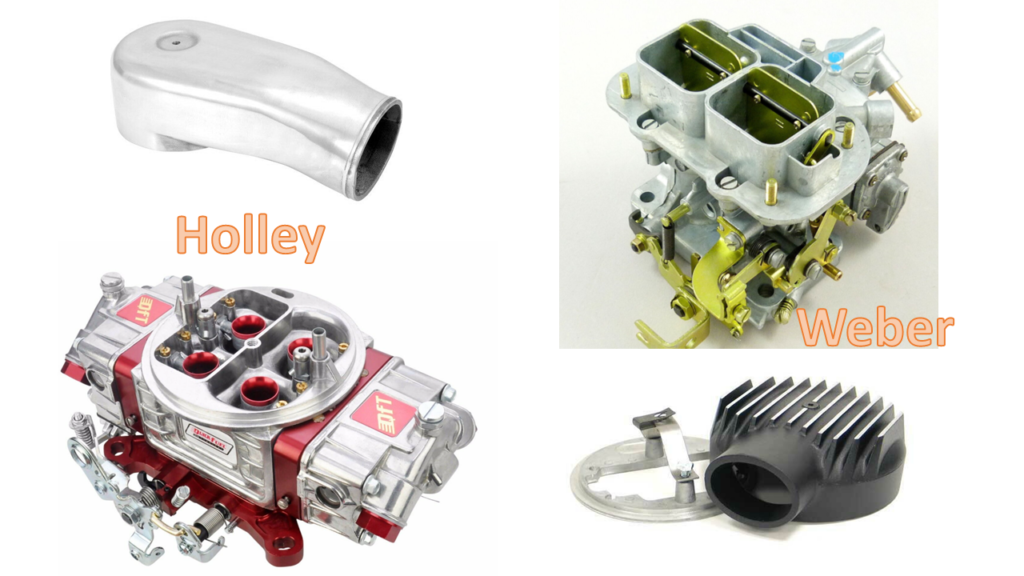
Again reaching from those who I speak to in the 4 Cylinder scene, 32/36 Weber seems to be the best fit for the consideration above and has been proven to work for many systems I’ve seen. Again size your carb to the engine and make sure your jetting has enough head room for boost.
Jet sizing for main and secondary (especially secondary) increases so much when you add boost. Also your carb needs to have a strong needle and seat to take the higher fuel pressure required.
As most carburettors weren’t designed to take boost, other modifications may be required. These include:
- Removing the choke as it may interfere with boost
- Sealing the top housing so it can hold boost
- Replacing any other parts affected by boost such as seals of fuel floats
To finalise the connection to the from turbo to carb, you need the plumbing to seal to the carb. This is normally achieved by adding a turbo hat or plenum. This needs to have a tight seal that does not leak boost to loose power but to also ensure we can equalise pressure in the carburettor (see below).
You may also want to add an intercooler between the turbo and carburettor to reduce intake temperature which will lead to a cooler motor.
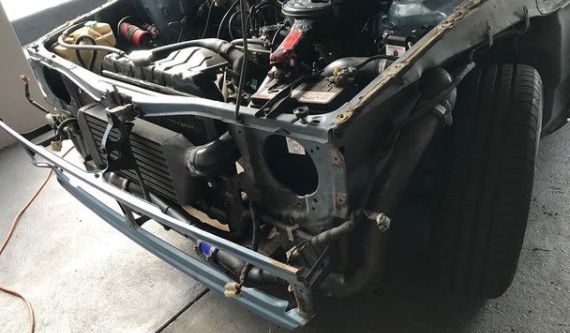
Install high pressure fuel pump with boost reference fuel regulator
When you start driving the boost into the carburettor, your fuel pressure always needs to be higher than the boost. Example if you push 6psi of boost into your carb, you should have 10psi of fuel pressure. If you don’t have more fuel pressure than boost, the fuel won’t have a fighting chance against the boost (Always have 3-6psi more fuel pressure than boost). I believe this is what they call equalising the pressures in the carburettor.
Most carburettors don’t like to run high fuel pressure as the needle and seats cannot hold the pressure especially when isn’t required like on idle and non boost loads. To get around this, you will need to install a rising rate fuel regulator. This will raise the fuel pressure reference on boost pressure 1:1.
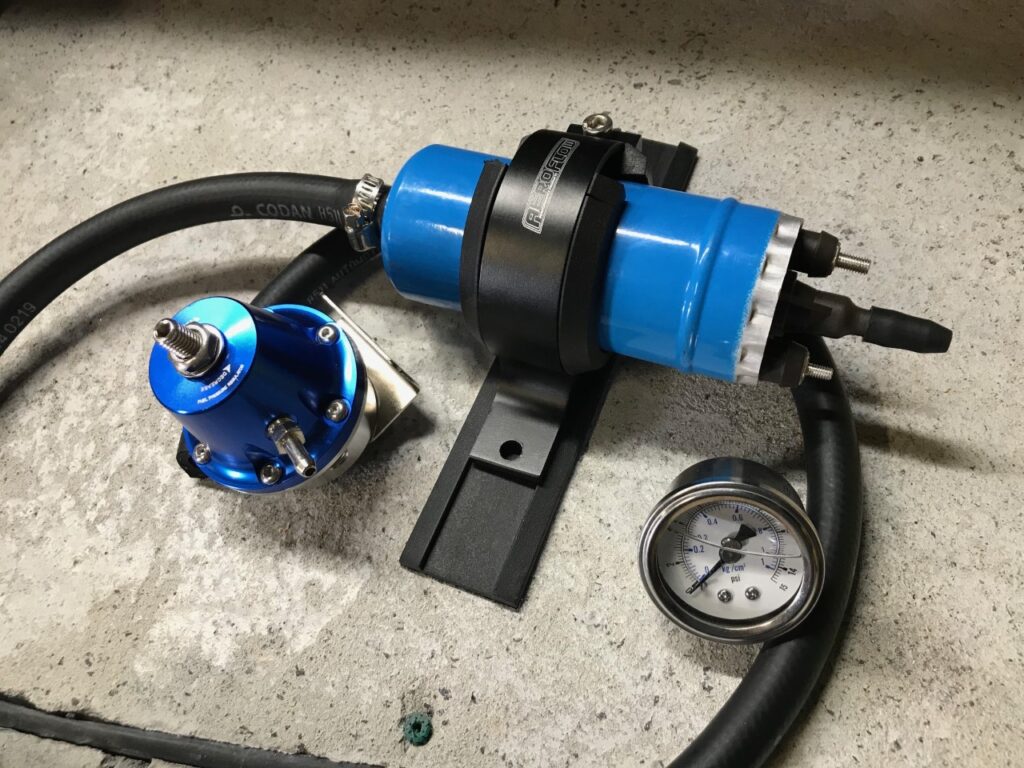
On the Corolla I’ve set my base fuel pressure about 6 psi and for every pound of boost it raises by 1 psi. So when I run at wastegate pressure of about 7 psi of boost, my fuel pressure is about 13 psi.
So if by chance you’re running a system without a regulator, your boost is limited by the amount of fuel pressure.
Carburetor and regulator combinations
There are 2 different combinations I recommend to do this:
- Use a High pressure Carburetor fuel pump (such as a Carter black about 14psi) and run a Malpassi carb turbo style fuel regulator
- Use any EFI pump and run a Malpassi Injection to carb turbo style fuel regulator
I get heaps of questions on how to connect these up so below is a diagram showing this.
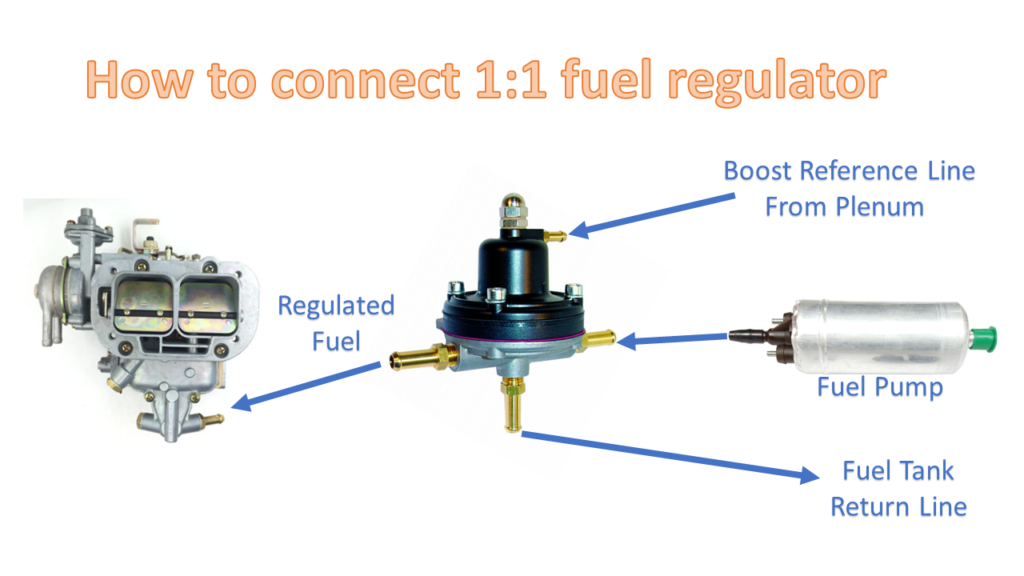
One of the biggest mistakes I see when the regulators get connected is not using a large enough return line to the tank. The return line needs to flow or it will effect the regulator (if too small you wont be able to reduce base pressure low enough for carb on idle).
Tune your carb to suit your Air Fuel Ratios
Once you’ve completed your fuel system install with no leakes, time to get the carburetor set up and tuned.
First get the carb running to manufacturer’s specification without boost. Then start adding boost slowly with low load street driving (1st and 2nd gear) and start measuring Air Fuel Ratios (AFRs) with a wideband sensor. Ideally if you can get a Dyno for the day, this would be a much better way to go.
There are tons of wideband O2 Sensors and gauges on the market that you get to have permanently installed into your car. Alternatively there are some that can be installed temporarily for tuning. I installed an Innovate Motorsports Wideband Sensor and Gauge and it works well.
Once you set up your wideband, you will need to start driving and aim to have your AFR at 14:1 range. 12-13:1 is rich enough fuel to be safe at high loads and any leaner that 16-17:1 is starting to get more dangerous for your motor at high loads.
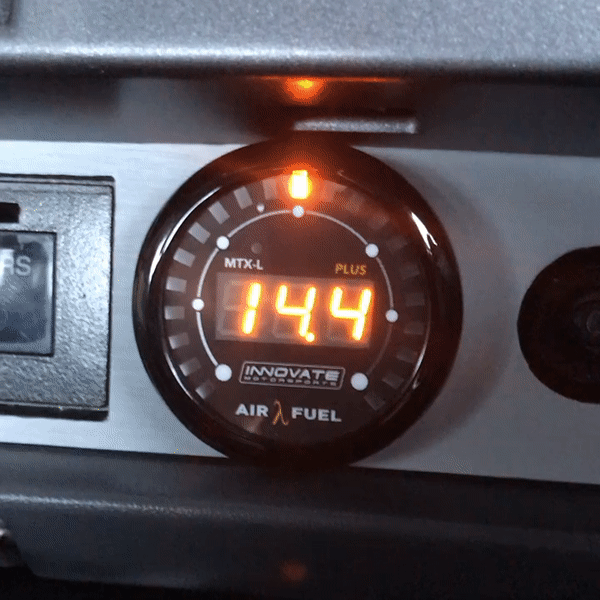
To change the AFRs, you need to play around with different main and secondary jets in the carburettor until you reach the desired AFRs. This can be a long process as you need dis-assemble the turbo hat on your carb and pull apart the carb every time you change the jets and test different loads. If you can have a wide ranging set of jets on hand or a really fine drill, it will make this easier.
Consider the negative effects of turboing a motor not designed for boost
With all the positive power you’re going to get out of your engine, there may be some negative effects.
Over heating
Not only are you pushing hotter compressed air into your engine, you have a turbo in your engine bay heating up all components around it.
Consider improving the radiator and cooling system if required and maybe working better air flow throughout the engine bay.
Blow by
As you put more pressure into the combustion chamber of your engine, the boost leakes past the pistons / head and into your oil chambers. This adds more pressure to your oil system under boost and it causes a blow by effect.
Blow by will cause oil to spew out your rocker cover breathers and potential out your dipstick. High recommend that you run oil catch can.
Head gasket issue / Lifting the head
If you running an un-built NA engine that you’ve wacked at turbo on, its likely once you start running above 10psi, you may encounter head gaskets blowing out more often and potentially the head lifting under boost.
If you can find a Cometic style head gasket to suit your engine, this might be your best bet. If not just run the best quality you can find.
Also consider using ARP head stud kit to suit you engine to try and prevent head lifting.
Pistons, rings and rods
If you’ve got you head sorted, then the next problems you might encounter is piston rings wearing due to added pressure.
If you pushin the engine hard, and giving high revs for long sessions, potentially you could melt pistons, bend a con rod or most likely throw out a bearing.
More power normally means more revs and things won’t last as long.
What did it cost me?
Here is the list of equipment which does not include my labour or tooling:
$120 Turbo – second hand Nissan T28
$290 Manifold – pipe bends and flanges
$100 Oil Lines and fittings
$80 Intercooler – Second have from BA falcon XR6 Turbo
$210 Piping, sheet metal, silicone couplers clamps
$369 Carburettor – Second hand Weber 32/36, rebuild kit, jets
$145 Fuel pump
$150 Fuel regulator
$176 Fuel line
TOTAL $1640
Are you going to do it?
If you are still umming and arring about boosting your carb motor, I say do it! It’s fun and relatively cheap considering the options out there.
Any questions or comments, add them below and tell us about your build
Please note when you click on links to various merchants such as EBAY on this site and make a purchase, this can result in this site earning a commission.

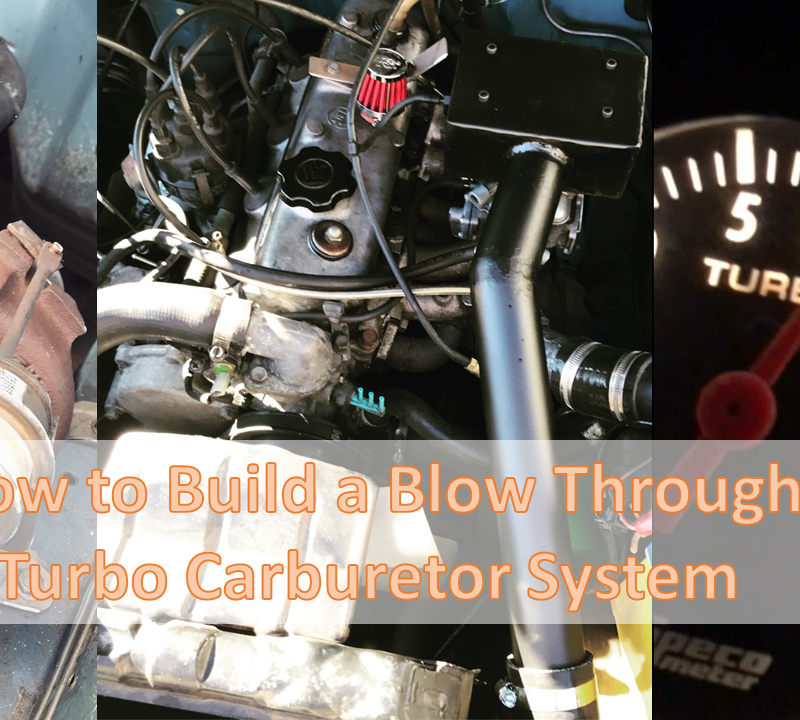
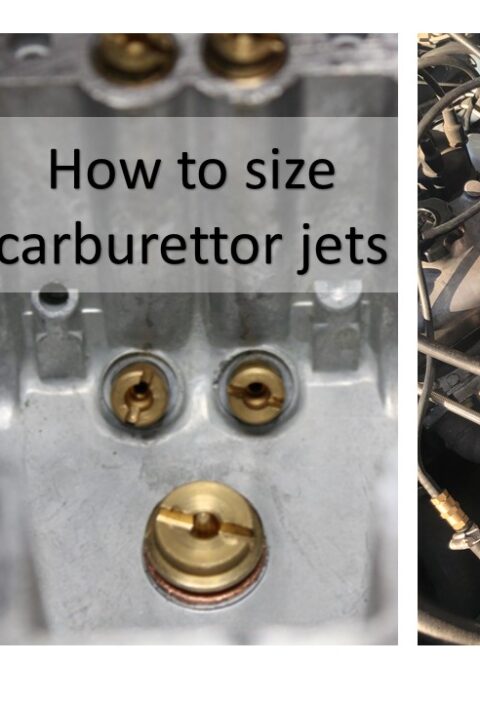
Hey Man ,
I am going to build my Toyota Corona 1983 DX stock engine 1.8L , I am trying to install a turbo however i am afraid that the car wont idle perfectly since I have searched for some carbs to be added to the car ,
Your advice and support is strongly recommended
A Weber 32/36 DGAV would be perfect for 1.8L engine and has been done may times. You should have no issue with idle providing that it is connected correctly. Is it a 3T engine?
Great write up, but did you have to change the ignition timing once installing the turbo?
I was running slightly advanced timing. On my new build, I’m thinking of running timing at maximum (before pinging) and then replace the vacuum advance module on the distributor with a vacuum retard module. This was I’m running maximum advance until boost comes in and it will retard more with every pound of boost.
Hi bro! What advice can you give to me? Im in the philippines, i really want to turbo my montero with a 2.6L engine. I also have the weber 32/36. Im thinking if i can set it up for more cruise or a dialy driver but with a twist. Haha! I really want to play with this car but im also worrying for the car as i drove 40 to 50km a day. What build cna you suggest if the turbo is not suite for what i want? I am following your vlogs and its quite fun! ❤️
Hey Bro, thanks for your comment.
T3 turbo would be perfect. Check this one out https://ebay.us/lb7LAm
hey mate, looking at turbo my ke70 as well, do u have links for the fuel and fuel regulator? thanks mate
don’t worry i’ve worked out you can click on them haha
Nice. Just note that if you are using an efi fuel pump, make sure you go for the malpassi that does efi to carb https://www.ebay.com/itm/371739673458
How to you adjust psi boost?
I used a T-Piece of the waste gate reference line. I tried different sized T-Pieces until I got the right about of boost.
do i need a bov?
No you don’t need a BOV but it helps boost overloading the carb at high boost